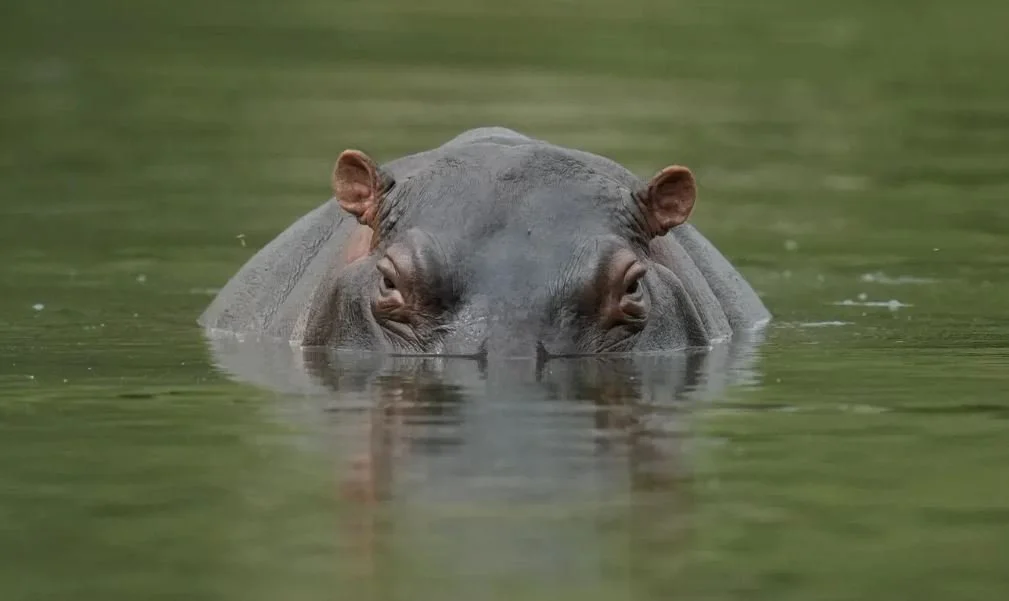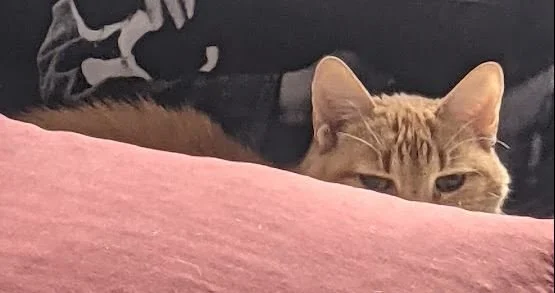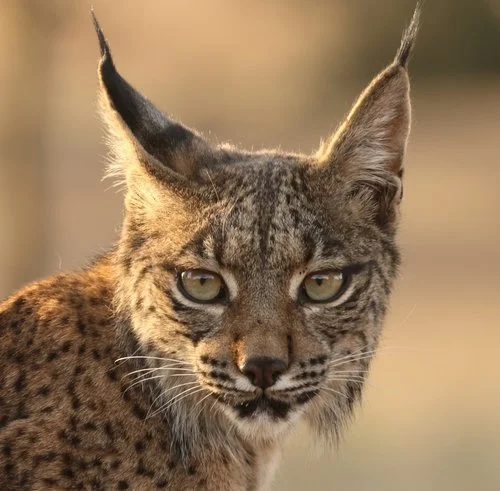We Are Only Just Learning About the African Sand Cat
Its scientific name (Felis margarita margarita) sounds like a Cinco de Mayo happy-hour special. Its mating cry sounds like a barking dog. Other than that, we don’t know much about the African sand cat, even though it was first described more than 150 years ago.
The cat lives in the Saharan Desert, moves around mostly at night – very stealthily – and leaves few visible footprints or remains of their prey (small rodents, birds, reptiles). If you do spot one in the daytime, its tawny fur coat blends in beautifully with the desert vegetation and sand.
Now we are learning more, thanks to some patient research conducted by big-cat conservation group Panthera. Grégory Breton, managing director of Panthera France, has spent years tracking the elusive feline and in 2017 shared images of “likely the first-ever sand cat kittens captured on camera in their North African range.”
From 2015 to 2019, Breton’s team tracked cats in southwestern Morocco and managed to fit some with VHF telemetry collars. Working at night, they spotted 47 sand cats, and fitted 22 of them with tracking collars. Now they have recorded years of telemetry data showing how the wild cats move about the African desert.
We’ve learned at least two new things from the painstaking research. The sand cat has a much wider range than was previously thought, venturing far to find prey. The researchers also found very little evidence that the cats fight among themselves – no broken teeth or other scars typical of territorial predators – so it is possible that they share their habitat rather than attempt to dominate it.
Sand cats are currently classified as “Least Concern” by the IUCN, but Breton says the new research showing the cats’ wider range suggests they could be upgraded to “Near Threatened,” since they are competing with growing human settlements. Certainly more study is needed.
The cat-stalkers’ findings appear in the Journal of Arid Environments.
Photo credit: Grégory Breton







